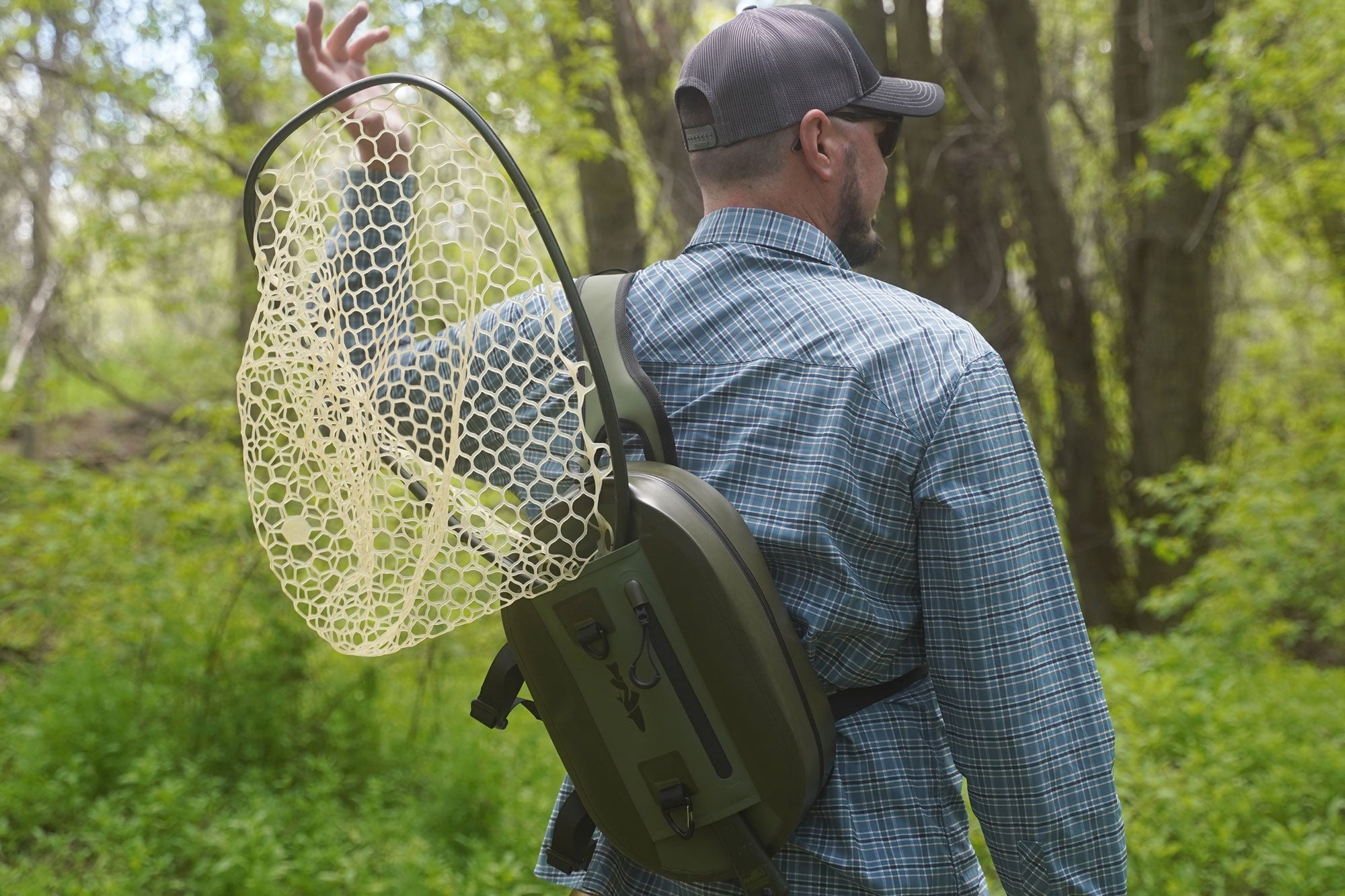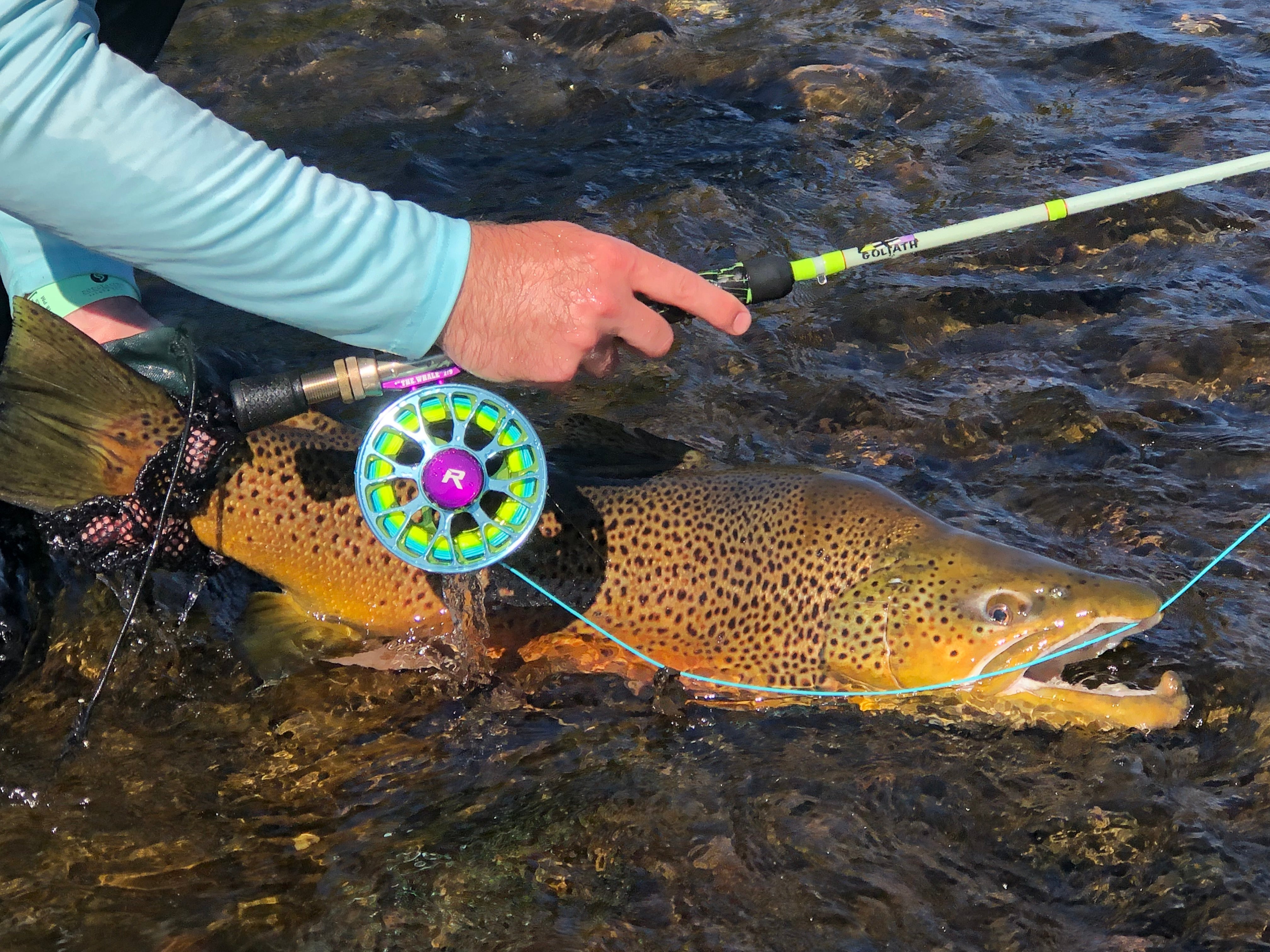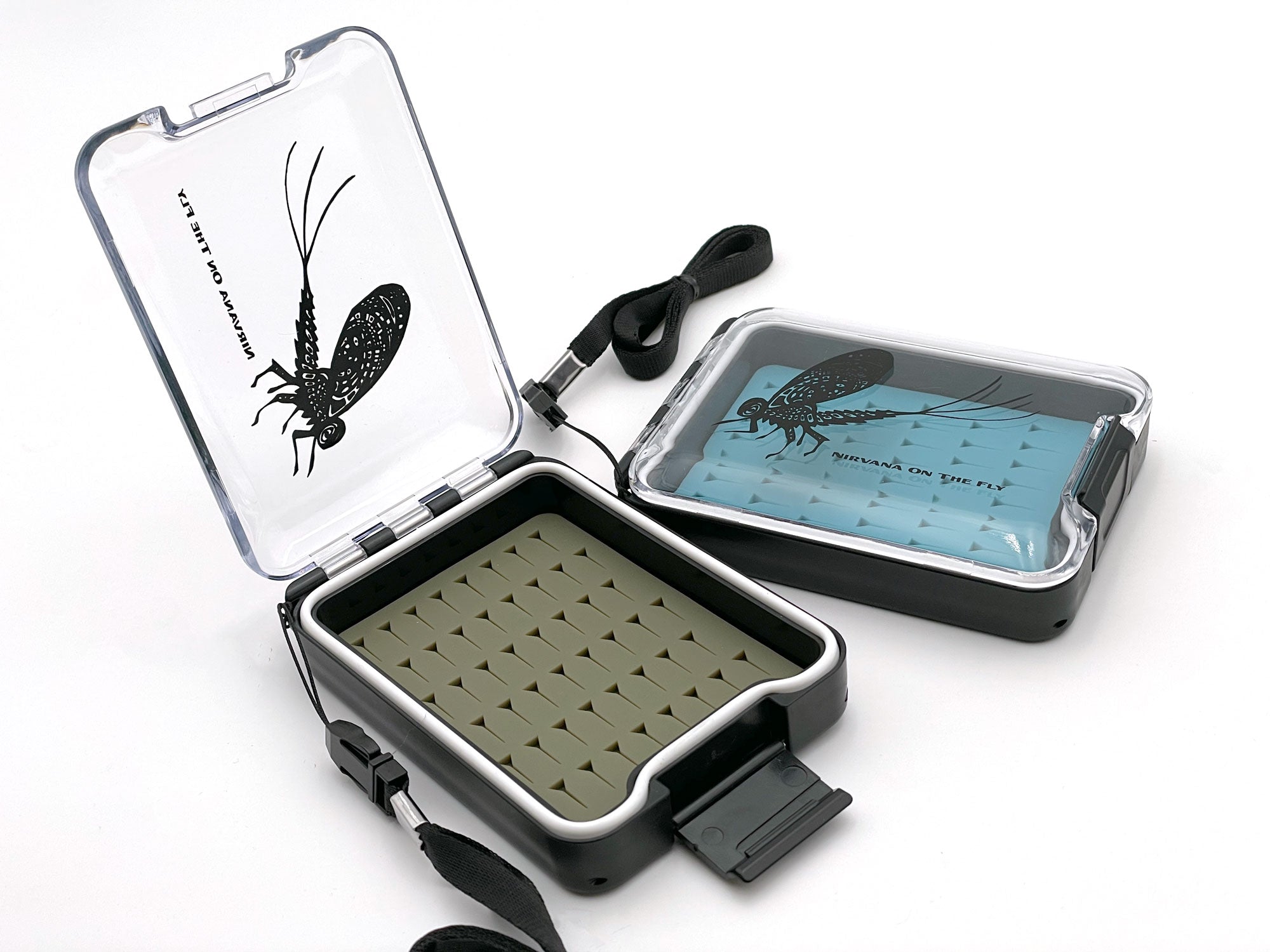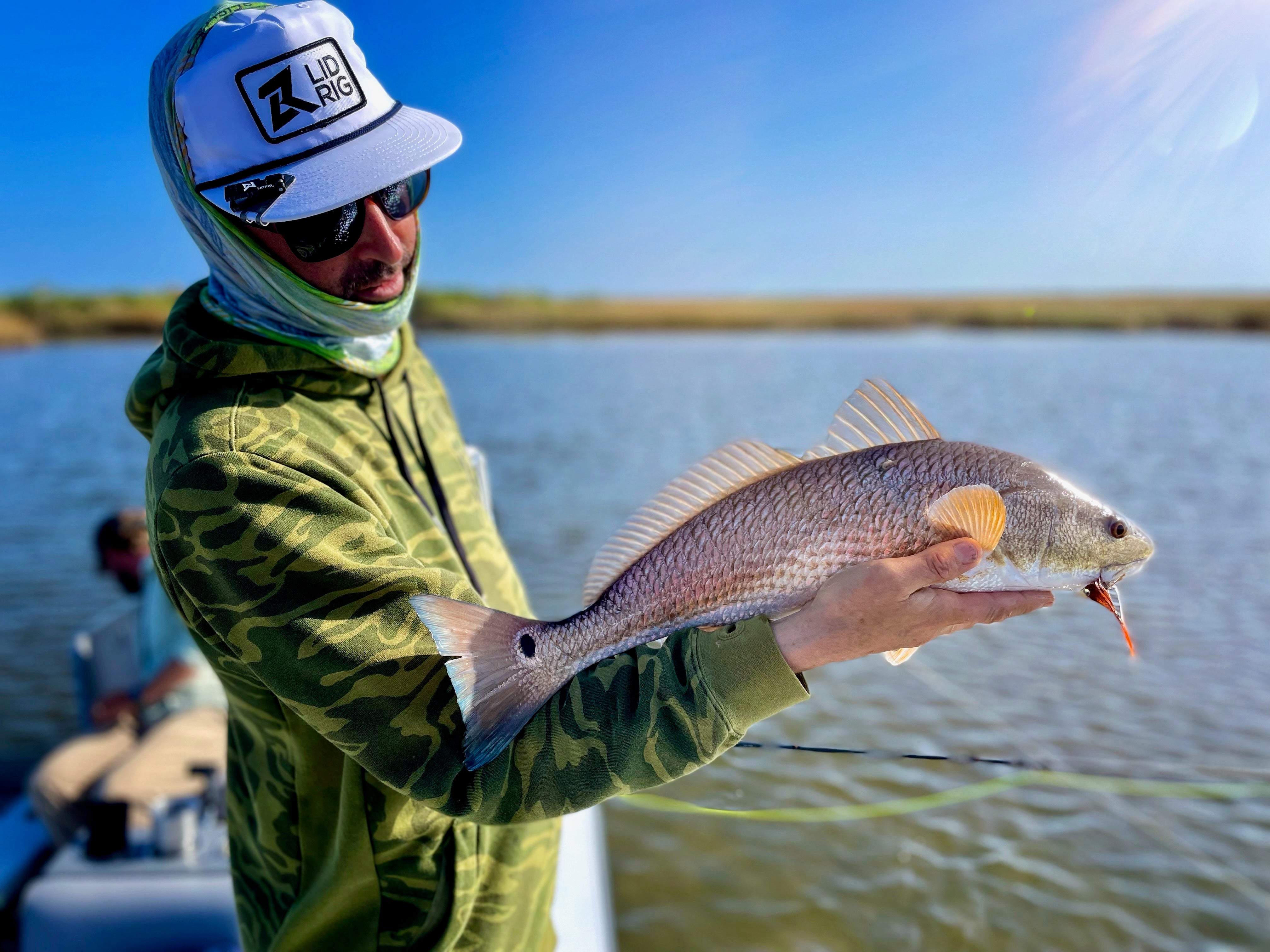Welcome to the exhilarating realm of Bonefish – Albula vulpes – a species that has ensnared the hearts of fly fishing enthusiasts for generations. In this comprehensive guide, we will undertake an enthralling journey that delves deep into the history, science, and magnetic allure of Bonefish. Whether you are an experienced angler seeking to refine your skills or a curious novice eager to explore the world of fly fishing, this article is your portal to the mystique of Bonefish.
History of Bonefish
The storied history of Bonefish is a testament to the enduring fascination this species has held for centuries. Early marine biologists were among the first to cast a spotlight on these mysterious creatures, captivated by their elusive nature and unique physical attributes. One of the earliest recorded mentions of Bonefish dates back to the 18th century when explorers first encountered them in the warm waters of the Caribbean. These early encounters sparked curiosity and led to the first scientific descriptions of the species. What about all of these topics is it that makes them so attractive to fly fishing anglers? Why do we see the silver ghost as such an amazing target and endeavor to master? Either way, I hope that you enjoy this comprehensive look into the species and find additional reasons why you have found them as a worthy fly fishing adversary.
Evolution of Bonefish Species
The evolutionary history of Bonefish, scientifically known as Albula vulpes, is a fascinating journey that reveals how this species has adapted and survived over time. To fully appreciate this tale, let's break it down into key points for a complete understanding:
Ancestral Origins: Bonefish, like all species, have ancestors from which they evolved. These ancestral fish likely had different physical and behavioral characteristics compared to the modern Albula vulpes. These ancient Bonefish may have inhabited different environments and had distinct survival strategies.
Morphological Transformations: Morphology refers to the physical characteristics of an organism. Over time, Bonefish have undergone significant morphological changes. For example, their body shape has evolved to become more streamlined, which makes them highly efficient swimmers. Their scales have also adapted to be small and silvery, helping them blend into their surroundings. These physical adaptations have made Bonefish well-suited for their specific habitat and lifestyle. Here are just a few detailed examples:
- Streamlined Body Shape: Bonefish possess a streamlined, torpedo-like body shape that allows them to move efficiently through the water. Their bodies are built for speed and agility, which is crucial for evading predators and capturing prey.
- Small and Silvery Scales: Their scales are small and silvery, which reflects light and helps them blend into their surroundings. This camouflage is particularly useful when they are swimming in the clear, shallow waters of the flats, making them less visible to both prey and predators.
- Forked Tail: Bonefish have a deeply forked tail, which is a unique morphological feature that aids in their rapid acceleration and sharp turns. This tail design allows them to make quick escapes when threatened by predators and to chase down fast-moving prey.
- Large Eyes: Bonefish have relatively large eyes in proportion to their body size. This adaptation enhances their visual acuity, making them highly skilled at detecting movement and distinguishing objects in the water. This acute vision is especially valuable when they are hunting for small prey items in sandy flats.
- Specialized Snout: Their snouts are specialized for rooting through the substrate, creating small depressions known as "muds." This behavior helps them access buried prey, such as crustaceans and invertebrates, by uncovering them from the sand.
- Slender Fins: Bonefish possess slender, elongated pectoral and dorsal fins that aid in their precise and controlled movements. These fins play a crucial role in maintaining balance and maneuverability.
- Coloration: Their coloration can vary, but they often have a silvery or bluish hue on their upper body and sides, which further aids in their camouflage. The ventral or belly side of Bonefish is usually lighter in color.
Behavioral Transformations: Bonefish exhibit unique behaviors that have evolved to help them survive in their environment. Their feeding habits, for instance, have developed to focus on small crustaceans, mollusks, and other invertebrates found in sandy flats. Their specialized snouts allow them to root through the substrate and create depressions known as "muds" to access their prey. This behavior has become a critical part of their survival strategy.
Genetic Analyses: Genetic analyses involve studying the DNA of Bonefish to understand their evolutionary history. Scientists use genetic data to trace the relationships between different populations of Bonefish. By comparing genetic markers, researchers can determine how closely related different populations are and how they have evolved over time. This helps us understand the genetic diversity within the species and how they've adapted to various environments.
Adaptation to Environments: Bonefish are known to inhabit a range of environments, from shallow flats to deeper waters. Their ability to adapt to these different environments is a testament to their evolutionary success. Over time, certain populations of Bonefish have developed traits that make them better suited to specific habitats, such as those found in the Bahamas or the Florida Keys.
In summary, the evolutionary history of Bonefish is a story of adaptation and survival. Through morphological changes, behavioral adaptations, and genetic analyses, scientists have gained valuable insights into how Bonefish have evolved and diversified over time. These adaptations have allowed Bonefish to thrive in their unique environments and have made them a sought-after species in the world of fly fishing. Understanding their evolutionary journey adds depth to our appreciation of these remarkable fish and the challenges they pose to anglers.
The Science Behind Bonefish
Anatomy and Physiology
An intimate understanding of the intricate anatomy and physiology of Bonefish is paramount to fully appreciating the allure they hold for anglers. Bonefish have a streamlined body shape with a fusiform design, making them incredibly hydrodynamic. Their scales are small and silvery, which reflects light and helps them blend into their surroundings. Additionally, their muscular system is finely tuned for bursts of speed and endurance. That being said, there is absolutely no wonder why a 12-inch bonefish can put your 8 weight into its backing.
Recent scientific studies have revealed that Bonefish possess a unique muscle structure known as "red muscle" that enables them to sustain high-speed swimming. These muscles have a rich blood supply, which provides them with oxygen during extended chases. This adaptation makes Bonefish formidable opponents for anglers, as they can make repeated long, powerful runs when hooked.
Unique Behavioral Traits
Bonefish display a captivating array of behavioral traits that set them apart from others. Their feeding habits are a study of stealth and precision. They primarily feed on small crustaceans, mollusks, and other invertebrates found in the sandy flats. To access these prey items, Bonefish use their specialized snouts to root through the substrate, creating small depressions known as "muds." Commonly we sight fish nose down and tailing or we see fresh muds as a sign that fish are feeding hidden in the murkiness.
Migration is another remarkable aspect of Bonefish behavior. They are known for their annual migrations, often traveling long distances between their spawning and feeding grounds. Scientists have used tagging studies to track the movements of Bonefish, revealing migratory patterns that are critical for their survival and reproduction.
- Spawning and Feeding Grounds: Bonefish typically inhabit shallow coastal areas, such as flats, where they feed on small crustaceans, mollusks, and other invertebrates found in the sandy substrate. However, they migrate to deeper waters or offshore areas to spawn. This migration ensures that their reproductive activities do not disturb their feeding grounds.
- Timing of Migrations: The timing of Bonefish migrations is closely tied to lunar and tidal cycles. They often move to their spawning grounds during specific phases of the moon and tides. These natural cues help synchronize their migrations, optimizing their chances of successful reproduction.
- Long-Distance Travel: Bonefish are known to cover long distances during their migrations. Some individuals may travel tens or even hundreds of miles to reach their spawning grounds. This remarkable endurance and navigational ability are vital for their survival.
- Tagging Studies: Scientists have used tagging studies to track the movements of Bonefish during their migrations. This involves attaching small, non-invasive tags to individual fish. By tracking tagged Bonefish, researchers have gained insights into migration routes, distances traveled, and the timing of migrations.
Recent research has also delved into Bonefish spawning behaviors. These studies have provided insights into their reproductive cycles and the factors that influence successful reproduction. Understanding these behaviors is essential for conservation efforts aimed at protecting Bonefish populations.
- Spawning Sites: Bonefish typically gather in specific locations known as spawning aggregation sites. These sites are often located in deeper, offshore waters with suitable conditions for egg fertilization and larval survival.
- Group Spawning: Bonefish engage in group spawning, where multiple individuals release their eggs and sperm into the water simultaneously. This behavior increases the likelihood of successful fertilization due to the high concentration of gametes in the water.
- External Fertilization: Bonefish practice external fertilization, where eggs and sperm are released into the water column. Fertilization occurs outside the body, and the resulting embryos develop as pelagic larvae before settling in shallow coastal areas.
- Environmental Factors: Successful reproduction in Bonefish is influenced by environmental factors such as water temperature, salinity, and the availability of suitable spawning sites. Changes in these conditions can impact the timing and success of spawning events.
- Conservation Implications: Understanding the timing and locations of Bonefish spawning events is essential for implementing conservation measures. Protecting spawning aggregation sites and minimizing disturbances during critical spawning periods are vital for maintaining healthy Bonefish populations.
In conclusion, Bonefish migrations and spawning behaviors are intricate and finely tuned to their specific ecological needs. These behaviors ensure the survival of their species and underscore the importance of preserving the habitats and conditions necessary for successful reproduction. Scientific research and conservation efforts continue to play a pivotal role in safeguarding Bonefish populations for future generations of anglers and enthusiasts.
Fly Fishing Allure for Bonefish
What Makes Bonefish a Prize Catch?
The enchantment that Bonefish hold for fly fishing enthusiasts is undeniable. Renowned for their invincible spirit and the challenges they pose to anglers, we can unravel what makes these elusive fish such coveted trophies. Scientific studies have shed light on the factors that contribute to Bonefish's reputation as a challenging catch.
One of the key factors that make Bonefish a prized catch is their remarkable eyesight. Their large eyes are adapted for detecting movement and prey in the clear, shallow waters they inhabit. This acute vision makes them highly selective when it comes to feeding, and they can be notoriously difficult to fool with artificial flies. Anglers often refer to Bonefish as the "ghosts of the flats" due to their elusive and cautious nature. This is especially noticeable when you have a cruising fish turn and follow your fly only to turn and decide it isn’t what they were looking for. From such a predacious fish you would think anything remotely close put into its sight of vision would be devoured.
Techniques and Strategies in Fly Fishing
Mastering the art of Bonefish fishing necessitates a repertoire of specific techniques and strategies. From selecting the fly pattern you are confident in presenting to deciphering the nuances of tides and currents, here are several tips and tricks to help you become a more proficient Bonefish angler. Recent advancements in fly design and presentation techniques have allowed anglers to increase their success rates when targeting Bonefish.
Tips:
- - Land you fly where it needs to be on the first cast
- - Present your fly accurately. Understand how the type of fly you are using would naturally present itself in the water. Crabs move differently than shrimp for example.
- - Imitate the local food source accurately by size. Color and flash, etc. may not be as important as size. Make sure the size is a true representation.
- - Weight can be a big determination in success. Knowing how your fly will reach the correct depth, move, etc. is an easy adjustment when you are fishing different water types.
Set up for Success
- Proper leader size. Like trout fishing, it can be an easy adjustment to drop a few pounds on a leader size to encourage more eats.
- Depending on weather conditions you may need a faster action or heavier weight rod to cut into the wind.
Studies on Bonefish behavior have also provided valuable insights into their feeding habits. For instance, understanding the tides and how they influence the movement of prey items can be a game-changer for anglers. Bonefish tend to feed more actively during incoming tides when prey is stirred up and carried towards them. This knowledge allows anglers to time their fishing trips for optimal success. This can become especially valuable when DIY fly fishing or wading the flats.
Identification Guide to Bonefish
Physical Characteristics
A discerning angler must possess the ability to identify Bonefish accurately. In this section, I attempt to paint a vivid portrait of their distinctive features, from their shimmering silvery scales to the iconic forked tail. Armed with this knowledge, you will be equipped to distinguish Bonefish from other species, a skill that's essential for any dedicated Bonefish angler.
Recent scientific research has provided us with detailed insights into the physical characteristics of Bonefish. Their scales, for example, are small and cycloid, which contributes to their silvery appearance and helps them glide effortlessly through the water. As mentioned earlier, Bonefish have a deeply forked tail, which aids in their rapid acceleration and sharp turns. These characteristics make them well-suited for their shallow water habitats and great targets for anglers. If you’ve ever seen a school of bonefish turn 90 degrees and fire off into outer space then you understand the speed and agility their body design has enabled.
Habitat and Distribution
Knowing where Bonefish roam is half the battle. Know the secrets of their preferred habitats, whether it be the expansive Bahamian flats, the lush mangrove-lined lagoons of Belize, or the pristine Hawaiian atolls. Scientific studies have revealed the importance of seagrass beds and coral reefs in Bonefish habitats. These ecosystems provide both food and shelter for Bonefish, making them prime locations for anglers.
Global distribution studies have shown that Bonefish can be found in tropical and subtropical regions around the world, inhabiting areas with warm water temperatures and suitable breeding grounds. Understanding their distribution patterns can help anglers pinpoint the best locations for pursuing these elusive fish.
Sight Fishing Giveaways for Bonefish
Spotting Bonefish in the Wild
Sight fishing for Bonefish is a pursuit that combines both art and science. In this section, I will unveil the secrets of spotting Bonefish in their natural habitat. Scientific studies on Bonefish behavior have provided valuable insights into their preferred habitats and feeding patterns. Knowing where and how to look for them is crucial for successful sight fishing.
Recent research has also explored the environmental factors that affect Bonefish visibility. Water clarity, light conditions, and the presence of other marine life can all influence the ease with which Bonefish can be spotted. Understanding these factors allows anglers to make informed decisions about when and where to fish.
Tips for Successful Sight Fishing
To elevate your chances of a fruitful Bonefish encounter, I’ll provide a comprehensive array of practical tips for sight fishing. From selecting the perfect vantage points to interpreting Bonefish behavior, our insights will empower you to become a more successful and adept angler. Scientific studies on Bonefish feeding behavior and movement patterns have informed many of these tips, ensuring that you have the best possible chance of a successful catch.
Muds - As described earlier are areas of water that look muddy or murky in nature. Typically when there is a fair amount of murky water then the likelihood of bonefish still being present is pretty high. You’ll start to understand the level of murky water required to be a new mud with present bonefish or an old abandoned mud.
Pots - We reference pots as the small pot-like holes that bonefish leave behind after feeding. These indentations in the substrate of sand leave a discolored look where the top layer of the substrate has been removed and exposing the underlying substrate that is typically deeper in color. Because the substrate creates so much murkiness it is typical to observe pots long after feeding fish have come and gone. The key here is to observe where they are and look for like areas to target.
Nervous Water - Of all the sighting methods the nervous water can be the most frustrating at first and exhilarating once mastered. Nervous water is best described as when the top layer of water at a distance looks to be wind-affected for a small moving area. Imagin having a moving spot where the water has a peculiar topwater shimmer that is slightly different than the water around it. Combine that with how a group of bonefish may move and you have nervous water. This is particularly difficult to see as a new bonefish angler but once seen 3-4 times it becomes easily distinguishable and exhilarating to see.
Pushes - A push is just what it sounds like. Imagine a fish being of size and moving with enough energy to push a wave of water around them due to displacement. The easiest description I can come up with is a submarine traveling close to the surface but not yet exposed. That displacement of water is going to create a surface wave or movement that can be observed. The most common places to see pushes for bonefish are in shallow water. Due to their slender builds, they need to be close to the surface, which is typically in the shallow water to displace that much water and present the push.
Ecological Impact of Bonefish
Role in Marine Ecosystems
Bonefish play a pivotal role in the intricate tapestry of marine ecosystems. In this section, I delve into their ecological significance, shedding light on their interactions with other species and the environment. Scientific studies have revealed that Bonefish are not only important predators but also serve as prey for larger species, helping to regulate the balance of marine food webs.
Recent research has also explored the connection between Bonefish and seagrass beds. These habitats are vital for Bonefish, providing both food and shelter. Additionally, seagrass beds contribute to carbon storage and the mitigation of climate change. By understanding the role of Bonefish in these ecosystems, we gain a deeper appreciation for their importance in maintaining healthy coastal environments.
Conservation and Sustainability Efforts
The long-term preservation of Bonefish populations hinges on dedicated conservation and sustainability efforts. Journey through the initiatives and projects aimed at safeguarding these fish for future generations. Scientific research has played a crucial role in shaping conservation strategies, providing data on population trends, spawning behavior, and migration patterns.
Studies on the effectiveness of catch-and-release practices have also informed conservation efforts. Catch-and-release has become a widely adopted practice among Bonefish anglers, allowing them to enjoy the sport while minimizing the impact on fish populations. Conservation organizations work in partnership with anglers and researchers to promote responsible fishing practices and protect Bonefish habitats.
North America's Bonefish & Tarpon Trust is an excellent resource to learn from. I'm sure they are happy to accept your donations in keeping this amazing species healthy for a long time.
Best Locations for Bonefish Fly Fishing
Top Destinations Worldwide
The global hunt for Bonefish leads us to some of the most alluring destinations on the planet. In this section, we shine a spotlight on the top Bonefish hotspots worldwide. Immerse yourself in the unique features and charms of each location, whether it's the remote flats of the Seychelles, the thriving fishery of Florida's Keys, or the breathtaking beauty of the Bahamas. Here is a list of some of the top bonefish fly fishing destinations.
- Belize
- Seychelles
- Hawaii
- Cuba
- Honduras
- Mexico
- Florida
*Listen to the owners of The Iguana House Belize talk about fishing for bonefish and others in Belize.
Check out The Iguana House Belize and book a trip with code FFIPodcast for 10% off your booking! Tell them the Fly Fishing Insider Podcast and BLOG sent you.
*Listen to Keith Rose-Innes, known as the father of the Seychelles fly fishing destination talk about saltwater fly fishing tactics.
Studies have provided insights into the factors that make certain locations prime Bonefish destinations. Factors like water temperature, habitat quality, and the presence of prey species all contribute to the abundance of Bonefish in specific areas. Understanding these factors can help anglers choose the perfect destination for their next fishing adventure.
Seasonal Considerations for Bonefish Fly Fishing
Timing is a critical factor in Bonefish fishing success. Dive into the seasonal considerations that dictate the best times of the year to pursue these elusive fish. Explore the impact of migration patterns, weather conditions, and other variables on your Bonefish fishing adventures.
As described earlier Bonefish migration patterns have been instrumental in helping anglers plan their trips. Many Bonefish species exhibit predictable seasonal migrations between their spawning and feeding grounds. Moreso than anything are weather patterns and consistency. This is one reason why Belize is regarded as one of the the top locations for bonefish fly fishing as the weather is so consistent and the fish tend to be there in numbers regardless of time of year.
Preparing for a Bonefish Fly Fishing Trip
Planning and Logistics
The key to a successful Bonefish fishing expedition lies in meticulous preparation. In this section, I offer expert guidance on planning and logistics, from selecting the perfect destination to arranging transportation and accommodations. Embark on your Bonefish adventure with confidence, knowing that every detail has been considered.
Travel logistics, such as the best times to visit specific destinations and the availability of accommodations, can be invaluable for planning a successful Bonefish fishing trip. Additionally, understanding the local regulations and permitting requirements for each location ensures a smooth and legal fishing experience.
Let’s use Belize fly fishing as an example. The location is ideal for bonefish due to resident fish being available any time of the year. What tends to be more important is the local acute weather conditions. Clear calm days provide clear calm water. The water clarity and wind are by far the most important aspects of weather to make for a successful trip or outing. The good news is that this can literally change multiple times within the course of a day. Rather than focusing on the time of year understand that it is the daily conditions that matter. Also, understand that you can’t control the weather and instead understand what you can. Time of day, casting better in wind, finding zones and locations that are less affected by weather, etc. These are the areas to focus on.
The world of Bonefish beckons with endless intrigue and challenge. Whether you are a seasoned angler seeking to refine your skills or a newcomer eager to explore the mysteries of the flats, there is always more to discover and experience in the pursuit of this elusive and captivating species. May your adventures in the world of Bonefish be filled with excitement, camaraderie, and unforgettable moments on the water. Happy fishing!
Read about all the details on fly fishing for bonefish and other species in Belize.

By Christian Bacasa
Host of the Fly Fishing Insider Podcast
www.ffipodcast.com
@flyfishinginsiderpodcast
@dupeafish






